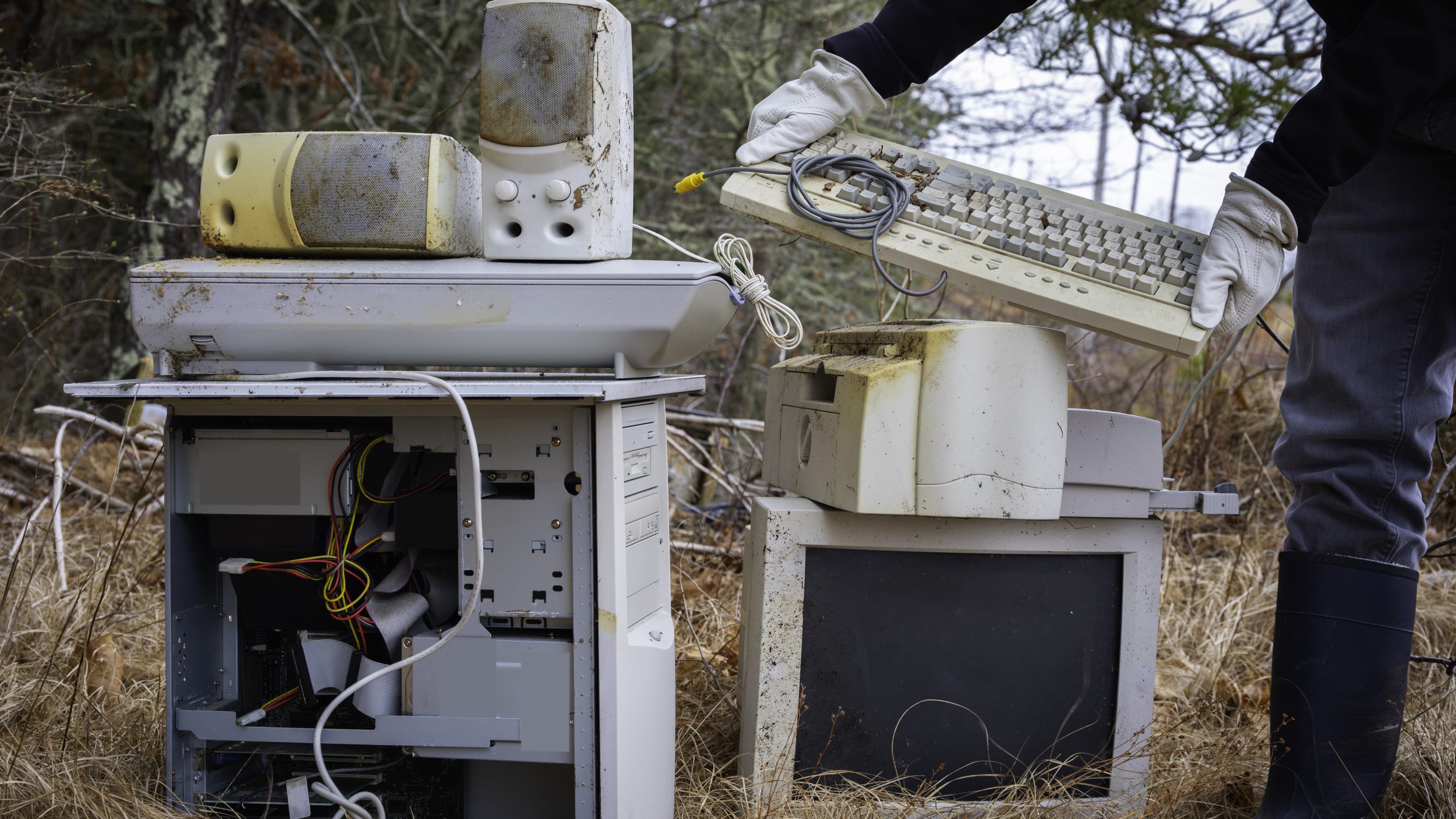In the world of computers, consumers are always looking for the next evolution, the next leap in power that delivers faster and more reliable performance. Recently, that evolution has taken the form of Nonvolatile Memory Express, or NVMe.
NVMe is a new protocol for storing and transporting data to and from a computer’s memory. It is built specifically to work alongside modern solid-state drives, delivering the fastest possible processing and data transfer speeds. In today’s article, we’ll explore the technology behind NVMe and how it’s transforming businesses across multiple sectors.
What is NVMe?
Article Guide
As previously stated, NVMe is a storage access and transport protocol that connects memory storage devices to the computer’s motherboard. To use an analogy, if a computer’s motherboard and memory are two separate islands, NVMe is the bridge that connects them and allows data to travel back and forth.
However, the NVMe protocol is only one-half of the equation. That’s because NVMe was built specifically to take advantage of the speed offered by solid-state drives, or SSDs. SSDs are an improvement over older hard disk drives (HDDs), as they do not use moving parts like spinning disks or read/write heads.
This means that SSDs have no latency or access times to deal with, giving them superior speed and performance. The lack of moving parts also means SSDs are far more reliable than HDDs. For these reasons, SSDs have become the data storage solution of choice for healthcare facilities, industrial applications, and private consumers wanting better performance from their PCs.
How does NVMe Work?
The first SSDs relied on the same Serial AT Attachment (SATA) protocols and interfaces that HDDs use to reduce the cost of upgrading to the new storage option. However, SATA was never designed for high-speed storage like SSDs and became a bottleneck for PCs.
NVMe solves this issue by using a Peripheral Component Interconnect Express (PCIe) bus instead. A different type of socket for computer motherboards, PCIe slots are often used for high-speed components that send and receive large amounts of data, such as GPUs, WiFi cards, and, increasingly, SSDs.
PCIe connections come in five different sizes: x1, x4, x8, x16, and x32. Each is used in different roles, and all have gone through five generations since the PCIe bus was created in 2003. The size of a PCIe connection reflects how many lanes are on the device; therefore, an x1 has only one lane, an x4 has four, and so on.
Because PCIe is a serial connector, more lanes allow more data to be transferred. For example, a Gen 4 x16 PCIe connector can transfer 20 gigabytes of data per second. By comparison, a SATA III connector can only transfer 600 megabytes per second.
Drivers are another critical area that NVMe improves over older technology. Communication drivers allow operating systems to communicate data with storage devices, but older Advanced Host Controller Interface (AHCI) drivers found in SATA interfaces are severely limited. AHCI only has one command queue and can send only 32 commands per queue. On the other hand, NVMe has 64,000 command queues and can send 64,000 commands per queue!
All these factors combined mean that NVMe allows the computer’s CPU to access, save, and analyze data far faster than it could with older connectors and drivers.
NVMe’s Applications
The speed offered by NVMe makes it an attractive addition to any computer tasked with processing large amounts of data. For instance, medical-grade computers must process terabytes of data daily as they load diagnostic images, run medical software, and perform other tasks. An SSD storage device’s reliability and NVMe’s speed allow medical computers to keep pace with a modern hospital’s operations.
This combination of speed and resilience also ensures that NVMe can be found in industrial computers. Computers on a factory floor must often manage multiple machines at the same time and need to be quick and dependable.
Looking towards the future, NVMe’s capabilities make it perfect for any application that requires processing vast amounts of data. This makes it a natural fit for artificial intelligence, machine learning, and other roles that require quick data processing.
Closing Thoughts
When it comes to technology, it can be easy to focus on the big, splashy stories about AI, cloud computing, and more. However, it’s important to remember that vast improvements can be made by implementing something as small as a new data transfer protocol like NVMe.
If you want to add computers with SSDs and NVMe protocols to your healthcare group or business, contact the team at Cybernet Manufacturing. We’d happily explain how our computers implement modern solutions such as NVMe to expand your capabilities.
Join the conversation and connect with us on this and other relevant topics – Follow us on Facebook, Twitter, and LinkedIn.
The Ultimate Guide to Disposing of Your Old Computer Properly
September 7, 2023
You’ve been tasked to dispose of the old computer on the factory floor for the far more powerful and durable industrial mini PC. You’re unsure, though, of the exact procedure. Do you bring it to Accounting or Logistics…
0 Comments8 Minutes
You Can't
Learn from a Pop-up
But we can deliver knowledge to your inbox!
We dive deep in the industry looking for new trends, technology, news, and updates. We're happy to share them with you.
Knowledge, News, and Industry Updates Right in Your Inbox



